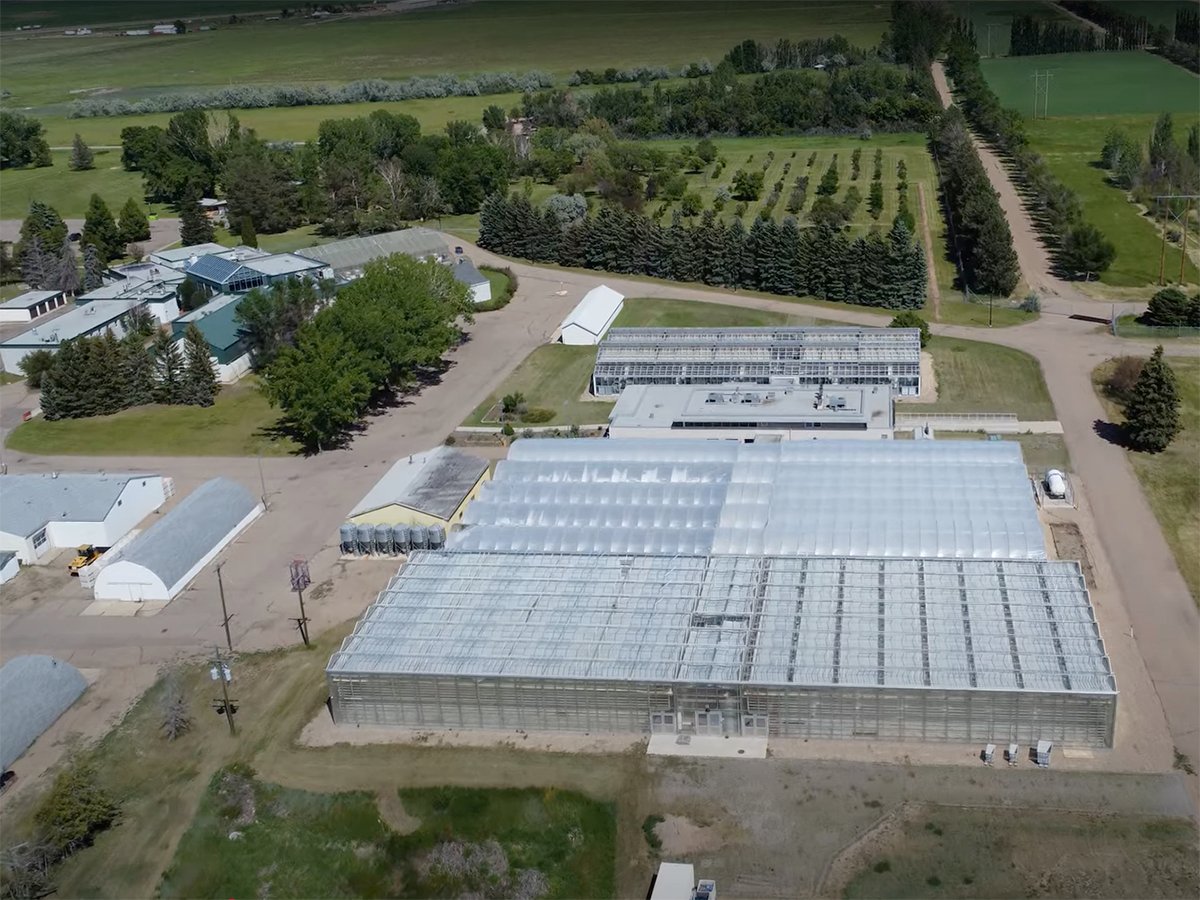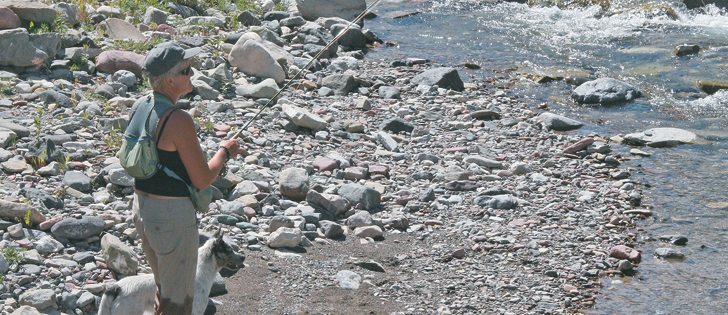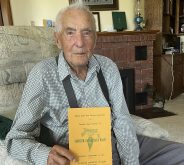One option proposed is a user fee to pay for education and stewardship
READYMADE, Alta. — On a recent visit to the Dutch Creek camping area in southwestern Alberta, Connie Simmons was pleased to see a family fishing in the mountain stream and appreciating nature’s beauty.
A few hundred yards upstream, she came across a pile of human excrement, replete with toilet tissue, sitting a few feet from the creek’s edge.
Welcome to random camping.
The recreational pressure on Dutch Creek is one reason the Oldman Watershed Council has chosen it as a pilot project for potential rehabilitation.
Read Also

Alberta crop diversification centres receive funding
$5.2 million of provincial funding pumped into crop diversity research centres
Simmons, the council’s planning manager, understands the public desire to connect with nature. Dutch Creek offers that opportunity, as do many other sites in the Oldman watershed.
“It’s a Canadian thing to go out in the bush and set up anywhere by a stream and throw your line in the water,” said Simmons after the council’s annual meeting June 23.
“But if we’re going to continue to provide good recreational experiences in a place that you love and that (has) those values of beauty, of function, of ecological health, of good water, we need to take care of it.
“Let’s be aware and then start to shift our behaviours to actually do that. That is a tough sell for some, but I think most will see it. They just need to understand.”
The plan is to ask campers this summer how the message about better protection of the Dutch Creek area can best be provided.
Simmons said it is not about eliminating or even necessarily reducing public access to Alberta’s natural areas.
“I love and support recreation myself. How do we do it, though, without ruining it? That’s the question. That’s a big one.”
The council has developed an action plan to protect the watershed’s headwaters, and Dutch Creek is within those headwaters.
Four priority actions have been identified:
- Completing a classification of linear features, such as roads, power lines, oilfield service roads and off-road vehicle trails.
- Assessing cumulative effects of headwater activity on fish populations and stream habitat.
- Assisting the provincial environment and parks department with education and awareness programs.
- Exploring options for recreation user fees to fund enforcement, education and stewardship.
User fees could potentially raise the most concern for random campers and others who boat, fish, hunt and otherwise recreate in the region, said Simmons.
“How could we fund both enforcement but also stewardship projects, and how do we work with the recreational users to actually take care of the headwaters?” she said.
“Some will resent it. We know that already, but we have to start ex-plaining why. Water at the end of the story is our most valuable asset. In this basin and downstream, it is so critical.”
Early research in the Dutch Creek area has shown heavy use of roads and trails by off-road vehicles. Almost 80 percent of all vehicle crossings of creeks, streams and springs in the region are at unregulated points and are illegal.
Most of these watercourse crossings occur in prime spawning grounds for bull trout and west slope cutthroat trout, whose numbers are dwindling.
“People love it,” said Simmons of the Dutch Creek region.
“They’re loving it to death. It is beautiful, classic mountain watershed. It’s really, really quite unique, but it is the story of the headwaters because it has multiple impacts on it. I think what we need to do is just turn a page and start moving in a different direction.”
Contact barb.glen@producer.com
















